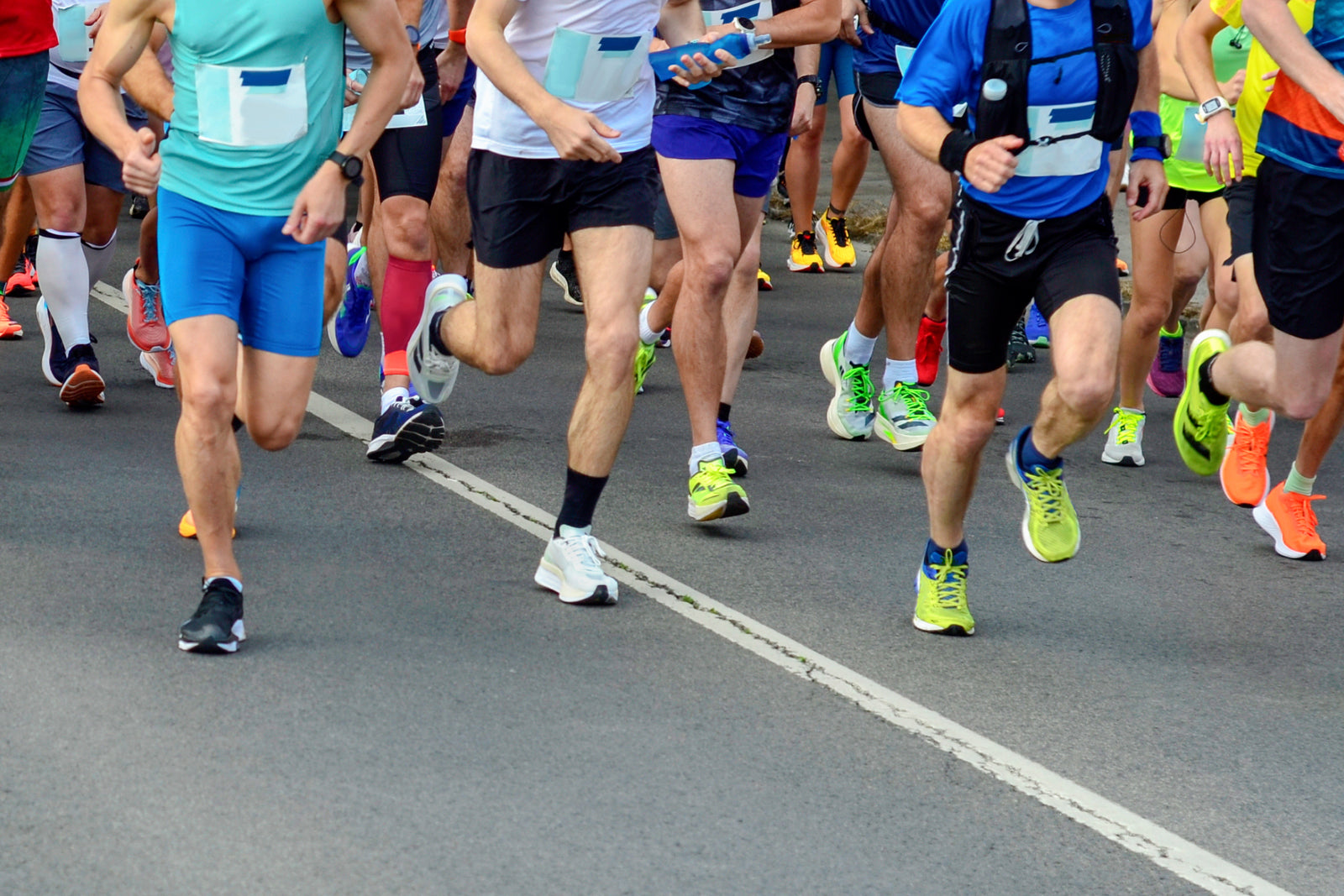How BDNF Influences Exercise Motivation
Motivation to exercise varies between people and is shaped by both mindset and genetics. The BDNF gene (brain derived neurotrophic factor) plays a key role in brain health and in the reward systems that influence how driven you feel to be active. BDNF produces a protein that supports neuronal function, learning, mood, and energy balance. Variations in this gene can subtly change how your brain responds to physical activity and how rewarding exercise feels.
One common variant in BDNF is known as rs6265. That single genetic change can affect the amount and activity of BDNF protein in the brain and may influence intrinsic motivation to exercise. Whether you carry two copies, one copy, or no copies of the effect allele, knowing your genotype can help you design practical strategies to build consistent activity.
Practical Strategies That Work for Everyone
- Set clear, specific, and measurable goals. Short term milestones are easier to achieve and reinforce positive behavior.
- Use tracking tools. Apps, calendars, or wearable devices provide external feedback that strengthens habit formation.
- Leverage social support. Group classes, workout partners, or online communities increase accountability and enjoyment.
- Mix enjoyment with challenge. Choose activities you like and vary intensity to protect against boredom and plateaus.
- Prioritize recovery and sleep. Better rest improves mood, cognition, and the ability to follow through on plans.
- Manage stress. Mindfulness, breathing exercises, and regular relaxation reduce barriers to starting and sticking with exercise.
Diet, Supplements, and Lifestyle to Support BDNF and Motivation
- Omega 3 fatty acids. Foods rich in EPA and DHA such as fatty fish, algae-based supplements, or fortified foods support brain health and can help maintain healthy BDNF signaling.
- Protein and varied diet. Adequate protein and micronutrients, including vitamins B6, B12, folate, vitamin D, magnesium, and zinc, support neurotransmitter production and energy balance.
- Regular aerobic activity. Activities such as brisk walking, cycling, or swimming stimulate BDNF release and improve mood and drive over time.
- Resistance training. Strength workouts also promote brain health and contribute to a sense of accomplishment and motivation.
- Consistent sleep schedule. Aim for regular sleep windows and good sleep hygiene to keep BDNF and mood regulation optimized.
- Mind-body practices. Yoga, tai chi, and meditation reduce stress and help sustain longer term exercise habits.
Genetic Interpretations for BDNF rs6265
2 effect alleles (GG) — Lower intrinsic motivation to exercise
Your genotype: GG. Carrying two copies of the effect allele is associated with reduced intrinsic motivation to exercise. This variant can make physical activity feel less naturally rewarding. You may find it harder to start workouts and to maintain long term consistency compared to people without this variant.
How to use this information
- Rely more on external structure. Schedule sessions in your calendar and treat them like appointments.
- Use measurable goals and frequent short term targets. Daily or weekly targets create more opportunities for wins.
- Work out with others. Group classes or a regular workout buddy raise accountability and social reward.
- Start with small doses of activity. Short, consistent sessions build habit and reduce friction to begin.
- Mix pleasurable activities. Choose forms of movement you enjoy to boost positive associations.
- Consider mood and stress support. Sleep, stress reduction, and omega 3 intake can help improve how rewarding exercise feels.
1 effect allele (AG) — Moderate effect on motivation
Your genotype: AG. Carrying one copy of the effect allele suggests a moderate impact on exercise motivation. You may experience slight reductions in intrinsic drive compared to people without the G allele, but many people with this genotype respond well to structured approaches.
How to use this information
- Follow a structured plan. Clear schedules and progressive targets help sustain engagement.
- Track progress visually. Charts, streaks, and short term rewards reinforce continued effort.
- Add social elements. Classes, clubs, or online groups increase motivation through connection.
- Alternate types of activity. Variety prevents boredom and keeps motivation from dipping.
- Support brain health. Include omega 3 rich foods, consistent sleep, and stress management to help BDNF function.
0 effect alleles (AA) — Typical motivation levels
Your genotype: AA. With two copies of the non-effect allele, you likely have standard intrinsic motivation to exercise. Your BDNF signaling tends to support typical reward responses to physical activity, which can make it easier to form and maintain regular routines.
How to use this information
- Capitalize on your natural drive. Set a consistent routine and challenge yourself with progressive goals.
- Use goal setting and tracking to push performance and maintain interest.
- Keep variety in your regimen to sustain long term engagement.
- Support brain health through diet, sleep, and stress reduction to maintain that natural motivation.
Putting It All Together
Genetic information about BDNF rs6265 offers one piece of the motivation puzzle. It can explain why some people feel more or less naturally inclined to be active. Regardless of genotype, evidence-based strategies can increase activity and improve well being. Focus on building consistent routines, using external structure and social supports, prioritizing sleep and stress management, and supporting brain health with omega 3s and a nutrient rich diet.
PlexusDx does not provide medical advice. This information is educational and relates to genetic predispositions only. Always discuss genetic results, major diet or supplement changes, and new exercise programs with your healthcare provider before making decisions that affect your health.

Share:
Lung Function | IL6 (rs1800795)
Lung Function | IL6 (rs1800795)